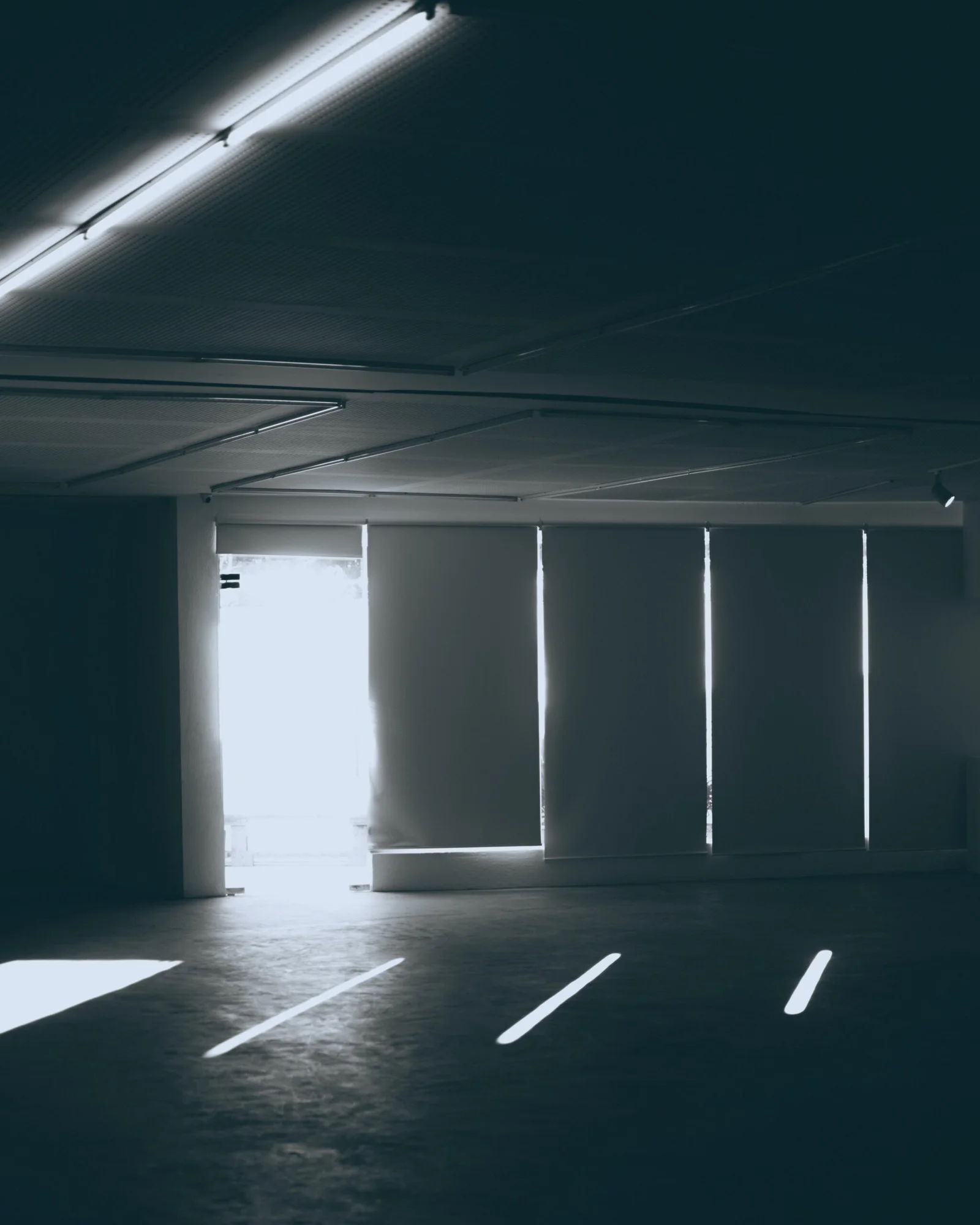
Introduction
Photography is a wonderful way to capture and preserve special moments. However, shooting indoors in low light environments can be a challenge. In this article, we will explore some valuable tips and techniques to help you improve your indoor photography skills and make the most out of low light situations.
1. Understand Your Camera Settings
Before you start shooting indoors, take some time to familiarize yourself with your camera’s settings. Experiment with different ISO, aperture, and shutter speed combinations to understand how they affect the exposure and overall image quality. This knowledge will allow you to make informed decisions when shooting in low light environments.
2. Use a Wide Aperture
One effective way to capture more light in low light situations is to use a wide aperture. This allows more light to enter the camera sensor, resulting in brighter images. Set your camera to aperture priority mode (usually denoted as “A” or “Av” on the mode dial) and choose a low f-stop number to achieve a shallow depth of field and let in more light.
3. Optimize Your ISO
ISO determines the sensitivity of your camera’s sensor to light. In low light environments, it is advisable to increase the ISO setting to capture more light. However, be cautious as higher ISO settings can introduce noise or graininess in your images. Experiment with different ISO levels to find the balance between capturing enough light and maintaining image quality.
4. Use a Tripod or Stabilization Techniques
When shooting in low light, it is essential to keep your camera steady to avoid blurry images. Using a tripod can help stabilize your camera and ensure sharp photos. If a tripod is not available, try bracing yourself against a stable surface or using your body as support. Additionally, using the camera’s built-in image stabilization feature, if available, can also help reduce camera shake.
5. Make Use of Available Light
Indoor environments often have various sources of light, such as lamps, candles, or windows. Experiment with different lighting conditions and angles to find the best way to utilize available light. Position your subject near a window or use artificial light sources strategically to create interesting lighting effects and enhance the mood of your images.
6. Consider Using a Flash
While natural light is often preferred for indoor photography, there may be situations where additional light is necessary. In such cases, using a flash can help illuminate your subject. However, avoid direct flash as it can create harsh shadows and flat lighting. Instead, consider using a diffuser or bouncing the flash off a nearby surface to achieve softer, more natural-looking light.
7. Shoot in RAW Format
When shooting in low light environments, shooting in RAW format can be beneficial. RAW files contain more data and allow for greater flexibility in post-processing. This is particularly useful when dealing with challenging lighting conditions, as it enables you to adjust exposure, white balance, and other settings without sacrificing image quality.
8. Experiment with White Balance
Indoor lighting can often have different color temperatures, resulting in images with a warm or cool cast. Adjusting the white balance setting on your camera can help correct these color variations and ensure accurate color reproduction. Alternatively, you can fine-tune the white balance during post-processing to achieve the desired look.
9. Embrace Creative Techniques
Low light environments offer opportunities for creative experimentation. Try capturing motion blur by using longer shutter speeds or exploring the art of silhouettes by backlighting your subject. Don’t be afraid to push the boundaries and let your creativity shine through in your indoor photography.
Conclusion
Indoor photography in low light environments can be challenging, but with the right techniques and equipment, you can capture stunning images. Understanding your camera settings, utilizing available light, and experimenting with different techniques will help you overcome the limitations of low light and create memorable photographs. So grab your camera, embrace the low light, and capture those special moments!